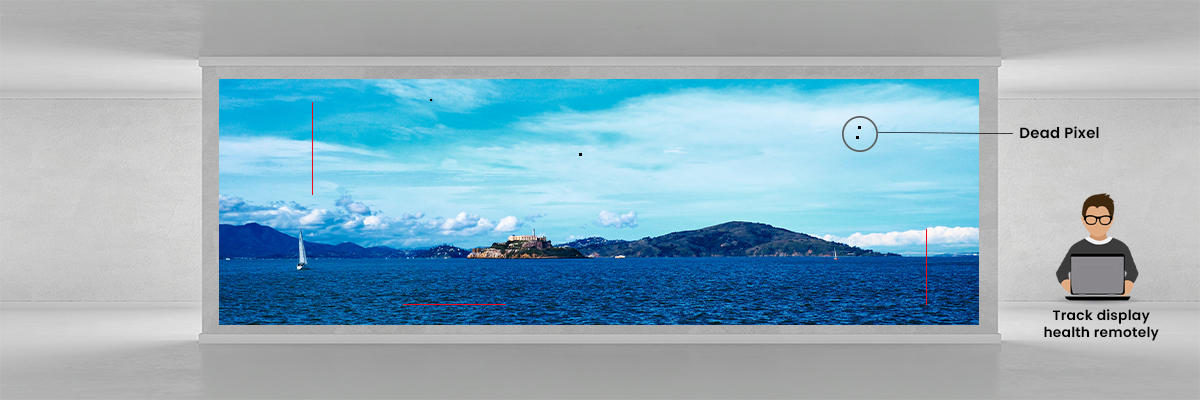Investigating The Way Definition Influences the Functionality and Visual Quality of Light Emitting Diode Walls in Contemporary Exhibition Technology
Investigating The Way Definition Influences the Functionality and Visual Quality of Light Emitting Diode Walls in Contemporary Exhibition Technology
Blog Article
LED walls are growing increasingly common in various settings, including musical events and sports events to corporate displays and art installations. One of the most crucial elements that influence the performance and image quality of these screens is resolution. Resolution denotes the quantity of pixels that make up the image on the display. Increased resolution means more picture elements, which can result in sharper and clear visuals. Understanding how image clarity impacts LED screens can help users make informed choices about their display needs.
When discussing resolution, it is essential to consider pixel pitch, which is the gap between the center of one pixel to the center of the next pixel. A smaller pixel pitch results in a higher image clarity, enabling additional clarity in the visuals shown. For example, an LED screen with a picture spacing of 1.5mm will offer a sharper visual than one with a picture pitch of 3mm. This is particularly important in environments where viewers are near to the display, such as in a compact location or a trade show booth. In these situations, a higher image clarity can greatly improve the observing experience.
Another aspect of resolution is its effect on hue precision and luminosity. LED walls with higher resolutions often have superior hue rendering, meaning that the colors displayed are increasingly lively and realistic. This is crucial for applications like advertising, where the objective is to capture attention and communicate a concept effectively. Additionally, higher resolution displays can maintain brightness levels even when seen from various perspectives. This is crucial in big venues where audiences may be seated at various distances and positions from the display.
The performance of LED walls is also influenced by resolution in terms of refresh rates and response times. A higher resolution display can handle faster refresh frequencies, which is essential for dynamic content such as videos and animations. This means that the images on the screen will appear smoother and more fluid, enhancing the overall viewing experience. In contrast, lower image clarity screens may have difficulty with dynamic material, resulting in fuzziness or delay. Therefore, for occasions that depend on dynamic images, selecting a screen with a suitable resolution is critical.
In summary, resolution plays a vital role in determining the performance and visual quality of LED walls. Factors such as picture spacing, hue precision, luminosity, update rates, and response times all affect how effectively a display can learn about this here now convey data and capture audiences. As advancements continues to progress, understanding these elements will help users select the appropriate LED wall for their specific needs, ensuring that they achieve the best potential outcomes in their displays and occasions.